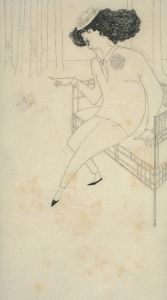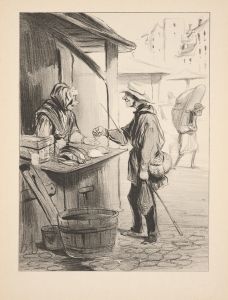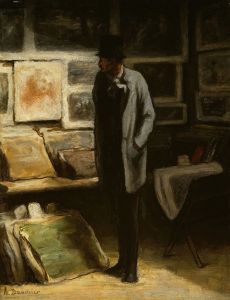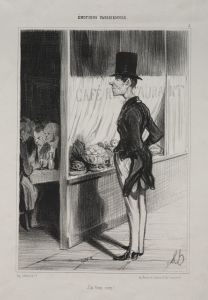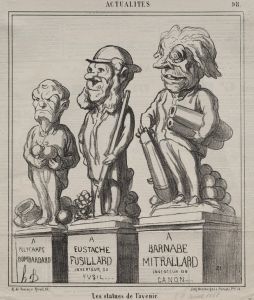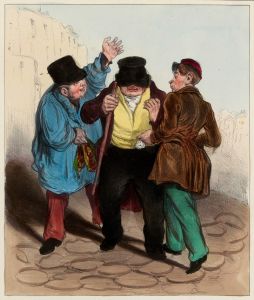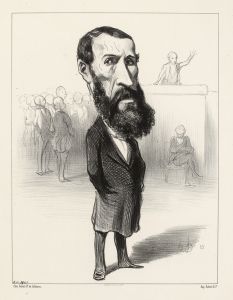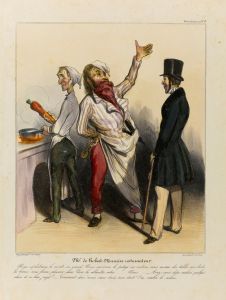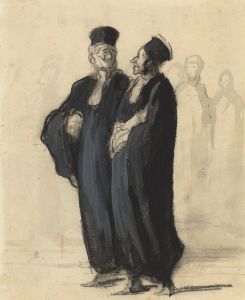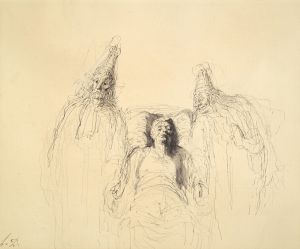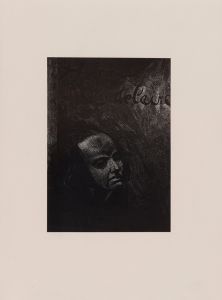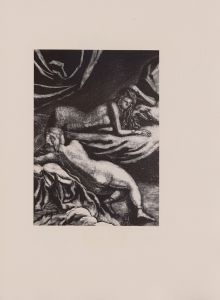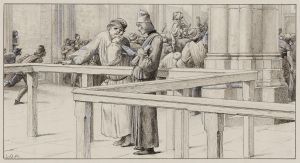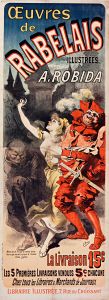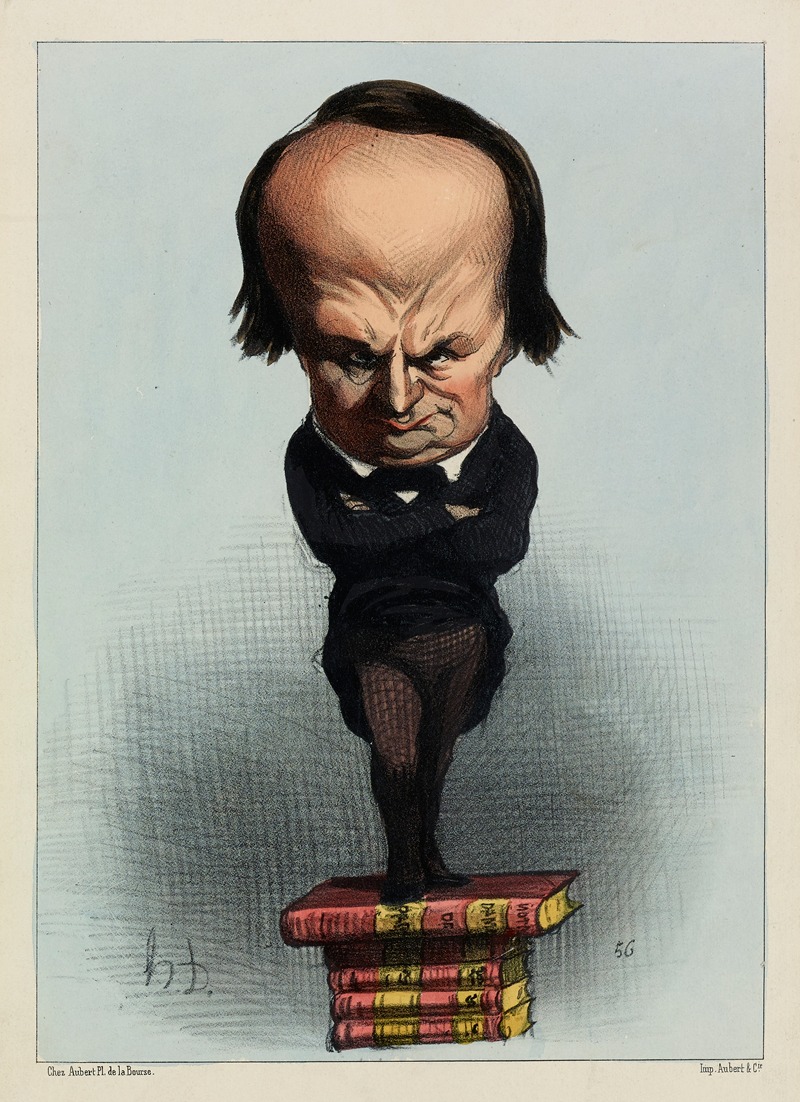
Victor Hugo
A hand-painted replica of Honoré Daumier’s masterpiece Victor Hugo, meticulously crafted by professional artists to capture the true essence of the original. Each piece is created with museum-quality canvas and rare mineral pigments, carefully painted by experienced artists with delicate brushstrokes and rich, layered colors to perfectly recreate the texture of the original artwork. Unlike machine-printed reproductions, this hand-painted version brings the painting to life, infused with the artist’s emotions and skill in every stroke. Whether for personal collection or home decoration, it instantly elevates the artistic atmosphere of any space.
"Victor Hugo" by Honoré Daumier is a notable artwork that captures the likeness of the famous French writer Victor Hugo. Honoré Daumier, a prominent French printmaker, caricaturist, painter, and sculptor, created this piece, which is part of his extensive body of work that often depicted contemporary figures and social issues of his time.
Honoré Daumier was born on February 26, 1808, in Marseille, France, and he became well-known for his satirical works that critiqued the political and social landscape of 19th-century France. His artistic career spanned various mediums, including lithography, painting, and sculpture. Daumier's works are characterized by their keen observation, expressive style, and often, their critical edge.
Victor Hugo, born on February 26, 1802, in Besançon, France, was one of the most important literary figures of the 19th century. He was a poet, novelist, and dramatist, best known for his works "Les Misérables" and "The Hunchback of Notre-Dame." Hugo was also a political activist and played a significant role in the intellectual and political life of France.
The portrait "Victor Hugo" by Daumier is a lithograph, a medium that Daumier frequently used to create his caricatures and portraits. Lithography allowed Daumier to produce detailed and expressive images with a high degree of reproducibility. This particular portrait is part of a series of lithographs that Daumier created, which included depictions of various notable figures of his time.
In the portrait, Daumier captures Hugo's distinctive features with a combination of realism and caricature. The image emphasizes Hugo's prominent forehead, deep-set eyes, and strong facial structure, which were characteristic of his appearance. Daumier's skillful use of line and shading brings out the intensity and intellectual depth of Hugo's persona.
Daumier's portrayal of Hugo is not merely a straightforward likeness but also a reflection of the respect and recognition that Hugo commanded as a literary giant. The portrait conveys a sense of the writer's profound impact on French literature and culture. It is a testament to Daumier's ability to capture the essence of his subjects, going beyond mere physical representation to convey their significance and character.
The relationship between Daumier and Hugo was one of mutual respect. Both men were deeply engaged in the social and political issues of their time, and their works often intersected in their critique of authority and advocacy for social justice. Hugo's writings and Daumier's artworks both contributed to the broader discourse on human rights, freedom, and the plight of the marginalized.
"Victor Hugo" by Honoré Daumier remains an important piece in the history of art, not only for its artistic merit but also for its representation of the interconnectedness of art and literature in 19th-century France. The portrait is housed in various collections and continues to be studied and appreciated for its historical and cultural significance.
In summary, "Victor Hugo" by Honoré Daumier is a lithographic portrait that captures the essence of one of France's most celebrated writers. It exemplifies Daumier's skill in portraiture and his ability to convey the intellectual and cultural stature of his subjects.





